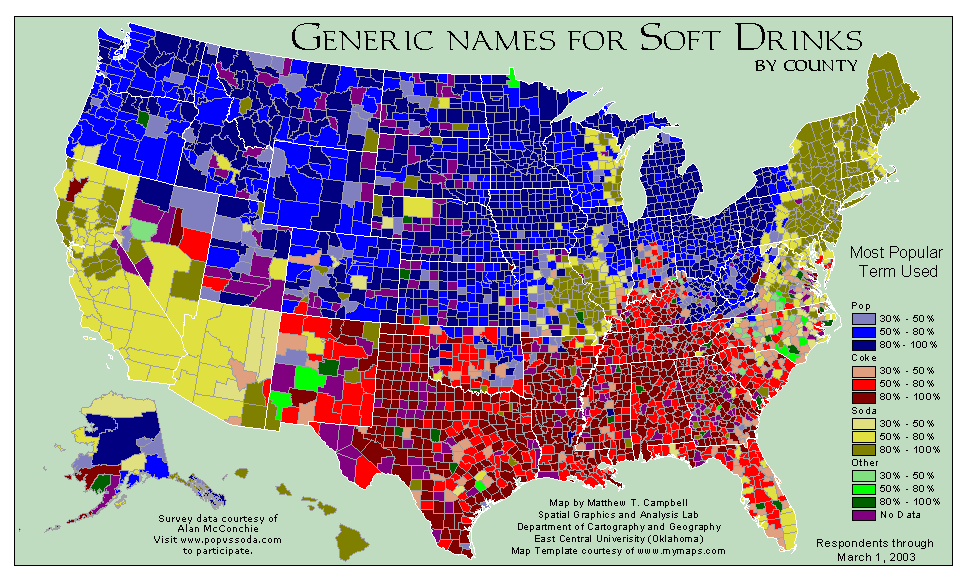Indianapolis, Indiana is located in the center of “The Crossroads of America.” It is in a centralized location within the United States and is also somewhat centralized dialectically. It is located within a dialect region that many people refer to as the “Midland” dialect and, suffice to say, Indianapolis has a heavy Midland dialect influence. The city is unique, however, in that it has many verbal traits and qualities that separate it from being an exclusively generic Midland dialect.
The Midland dialect is often considered “standard” or “accentless” American English. Some people claim that the Midland dialect does not exist at all, but rather is a seamless blend of Northern and Southern dialects, such as in Charles Houck’s article “Is There a Midland Dialect Area?-Again” (http://www.jstor.org/pss/455758). However, many studies have shown that the Midand region does, in fact, have some distinct dialect traits.
Indianapolis, more specifically, not only has most of the traditional Midland dialect traits, but also has heavy Southern dialect influence within it, such as the tendency to generalize carbonated beverages as “Coke” rather than the typical Indiana use of the word “pop.”
Taken from popvssoda.com
This is heavily in part due to its initial settling, but the Indianapolis dialect also varies because it is such a vast city. In fact, the Indianapolis dialect is not even a single dialect unto itself. Rather, it is a mixture of many dialects that vary from speaker to speaker.
The large African American population of the city heavily influences the dialects spoken within Indianapolis, and it is common for speakers of African American Vernacular English (AAVE) to be bidialectical (or speak in two different dialects) depending on their social setting and who they are speaking with. If one individual can be host to multiple dialects, imagine how many variants are within an entire city.

No comments:
Post a Comment